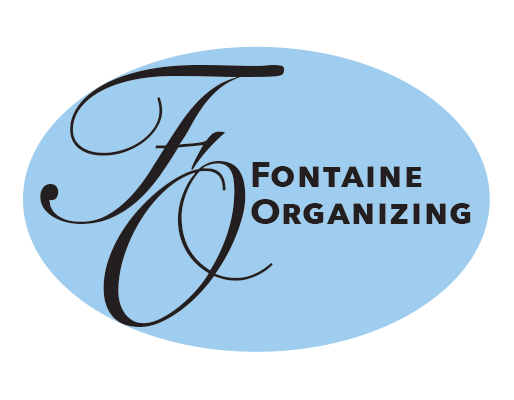Death by a Thousand Subscriptions
Recently I was considering whether to upgrade from the free version to a paid tier of a software program I am using. As I did so, it dawned on me that pretty much every software I use has a subscription model, and there are many of them. I made a list and found that I was spending hundreds of dollars on monthly or annual software subscriptions for my business. Of course, I also have personal subscriptions (like streaming services and Amazon) too.
I work with people to organize their finances and provide financial coaching, so I’m a little embarrassed to admit that my subscriptions have gotten so out of control.
Part of the problem is that companies that used to provide software for one-time purchase have stopped offering that option (I’m looking at you, Quickbooks). Others, like Zoom, have changed their policies so that services I’ve come to rely on are no longer part of the free plans, making me feel like I have no option but to pay up.
I’ll also fess up that it’s hard to resist signing up for the newest thing that’s supposed to solve all of my problems. (“If I subscribe to this fancy new task list program, I’ll suddenly be motivated to stop procrastinating on all those things I said I’d do.”)
After confronting the reality of my out-of-control subscription spending, I vowed to look for ways to simplify my software use and eliminate unnecessary software from my life.
Here are the steps I took to reign in my subscription spending:
Went through my bank statement for the past 12 months to find all the subscriptions I am paying for. It’s disturbing how many I didn’t think to list when I first tried to do it by memory. While app subscriptions aren’t a problem for me, if you pay for apps, don’t forget to check your phone. You can go to your settings in the app store and review what you’ve signed up for, including free trials that you forgot are coming to an end. Read this article for more instructions on how to check what you are paying for through your phone.
Listed out what functions I was using each program for.
Listed out what functions each program could provide, even if I wasn’t currently using those functions. This allowed me to see if multiple programs provided the same functionality.
Considered whether the things I was using the programs for were really necessary or whether they could be eliminated completely. I was paying for a program that linked two other programs together and realized it was not something that was necessary or even very useful.
For things that couldn’t be eliminated, I looked to see if functions that were spread among many programs could be consolidated into fewer programs. For example, I have an Adobe Acrobat subscription that would allow me to have people electronically sign documents, yet I was using another e-sign program instead.
Looked for less expensive software options. I need a secure fax line but there are cheaper options than the one I was using.
Reviewed the different tiers of each program to see if I could downgrade. If I’m not using all the features of the tier I’m subscribed to, I can move to a lower tier to reduce the expense.
Set reminders to cancel auto-renew on software that was paid for a year in advance but that I determined I no longer wanted or needed.
Going through the above steps will enable me to ultimately save $100 per month without sacrificing useful or necessary functions for my business. Next up, I’m going to go through my personal subscriptions too.
How much are you spending per month for subscription software? Run through these 8 steps and see how much you can save. Comment below with what you discover.






